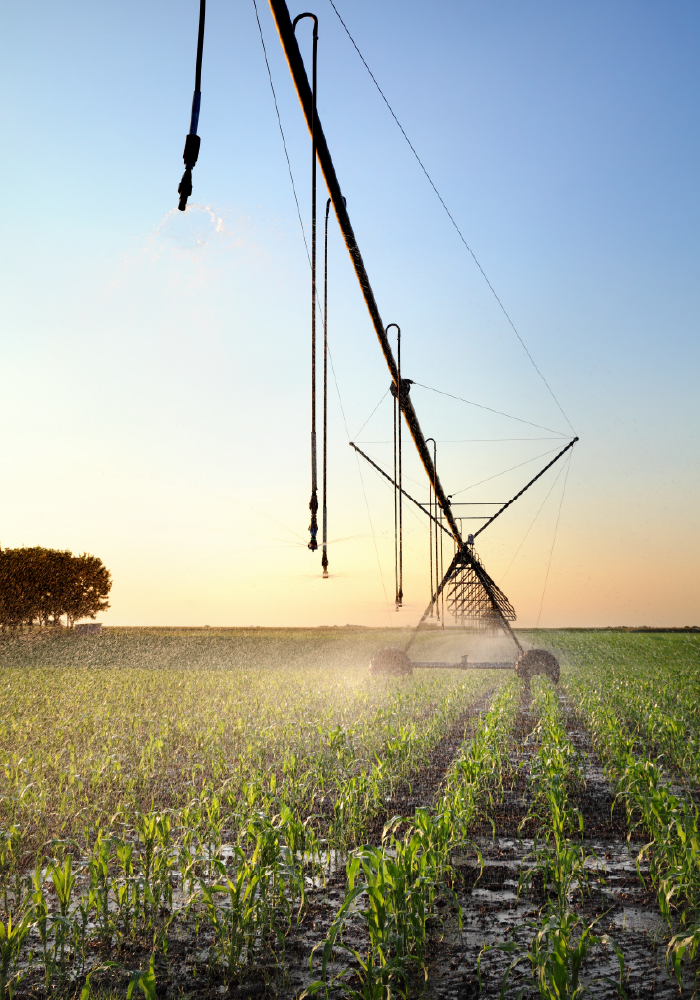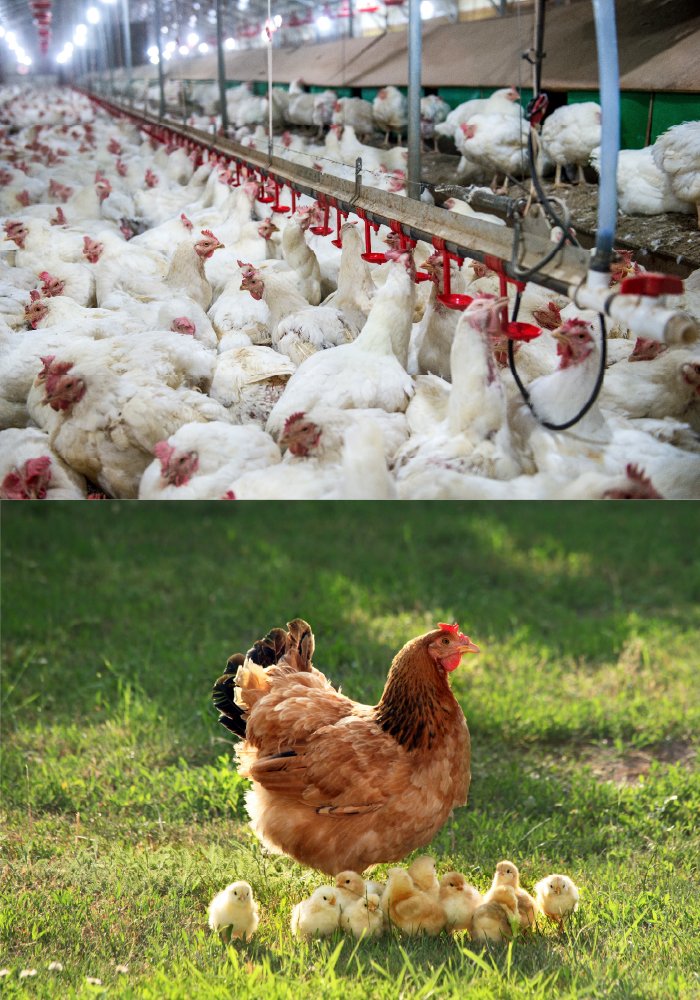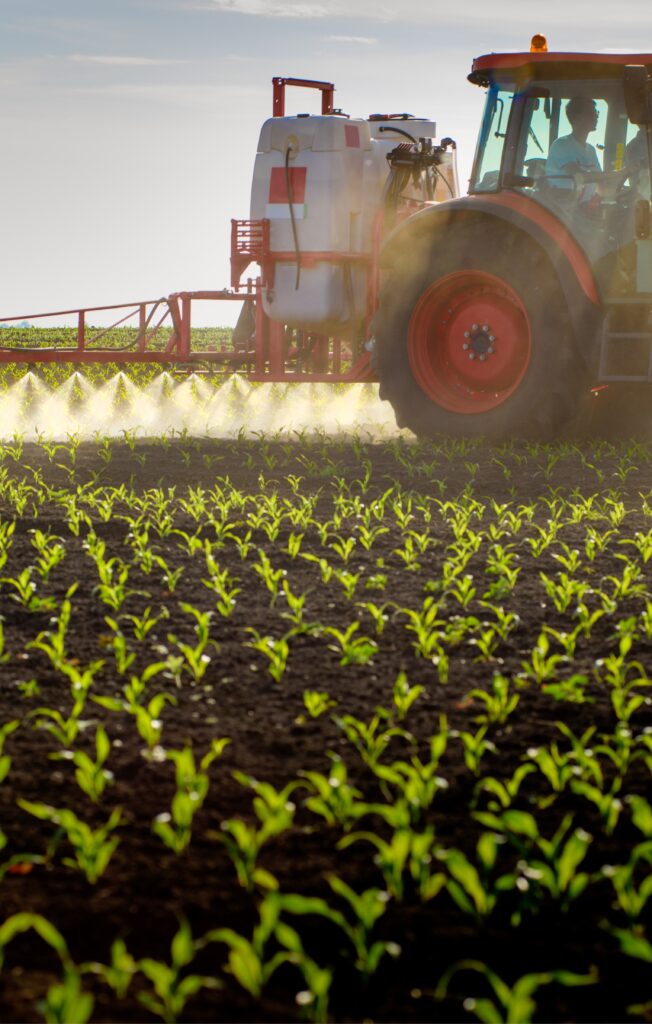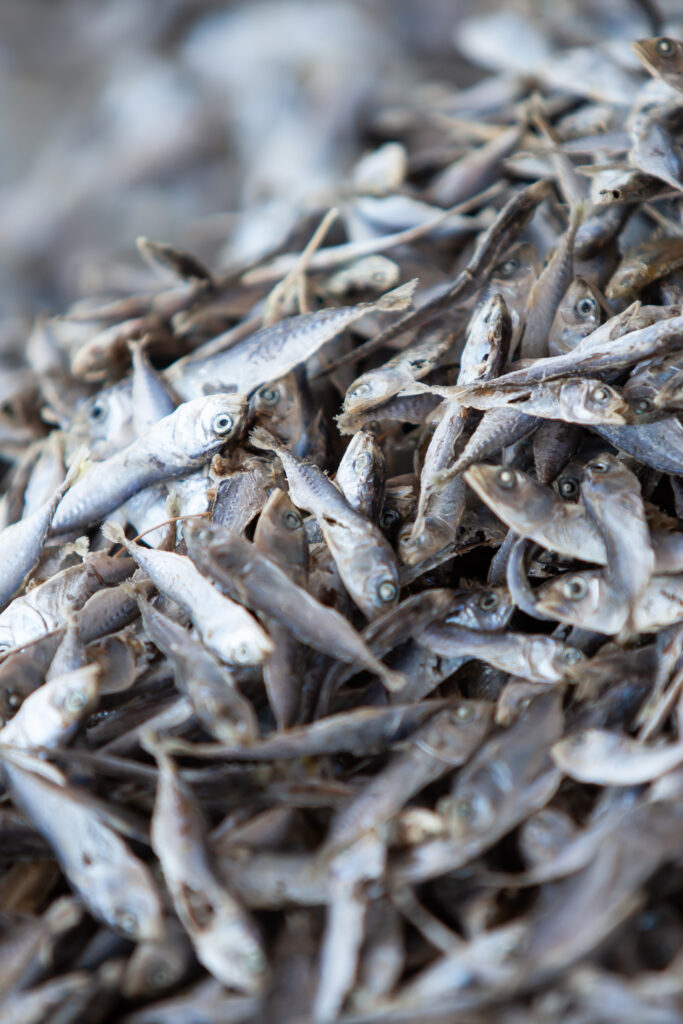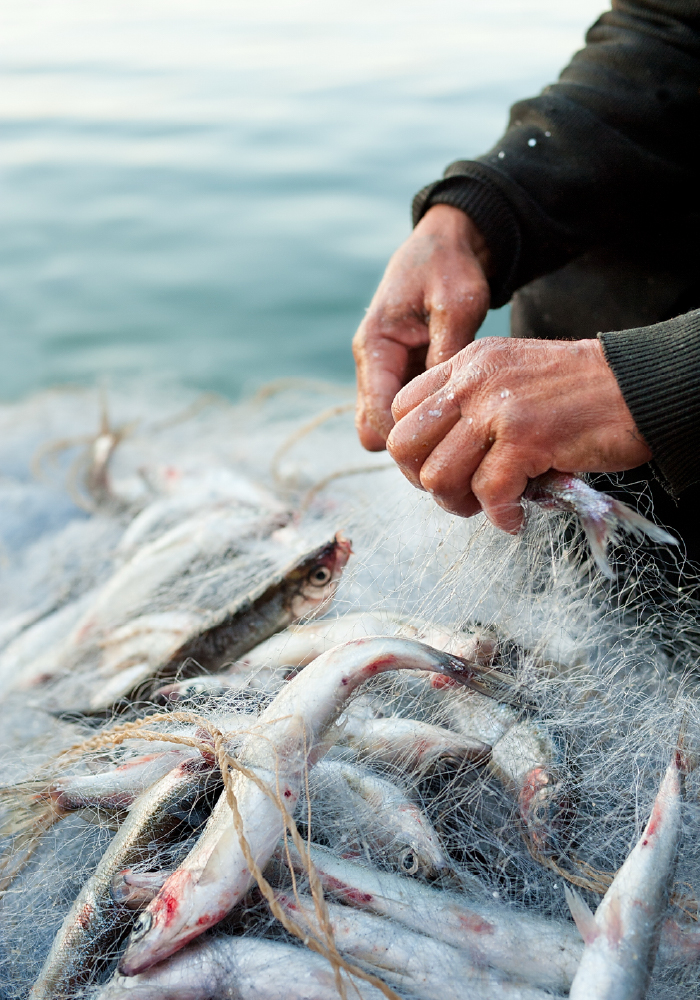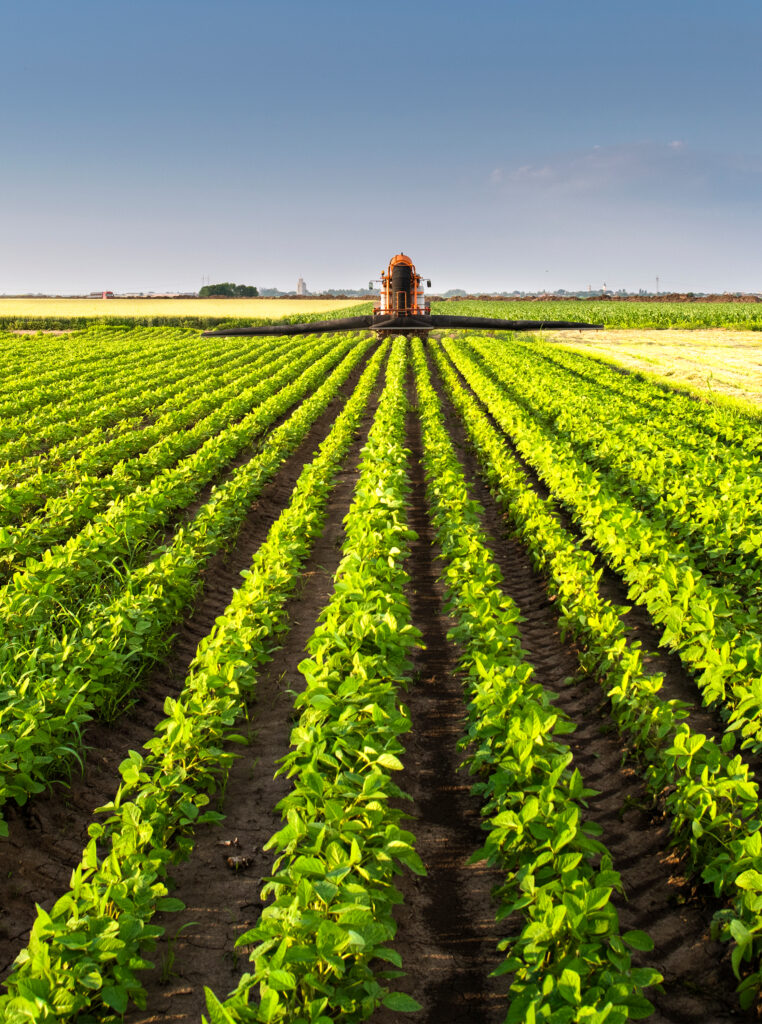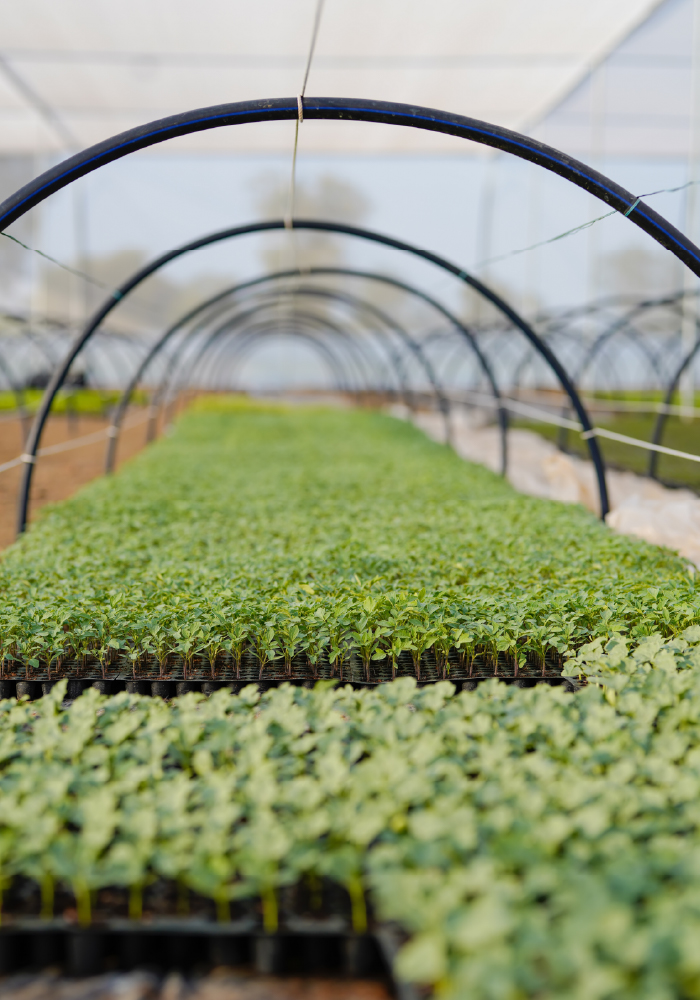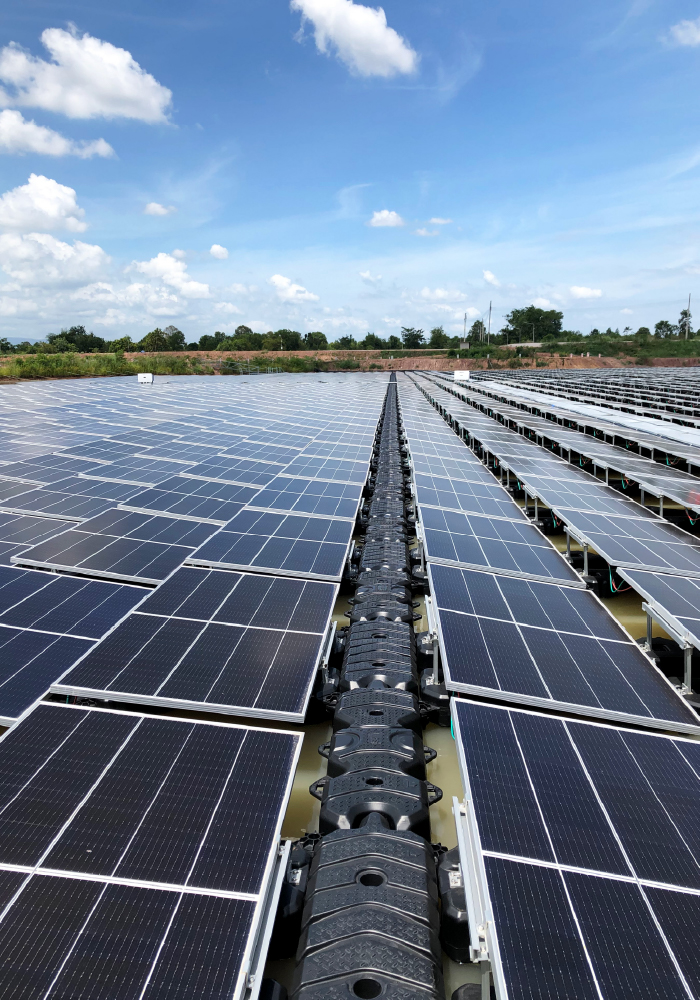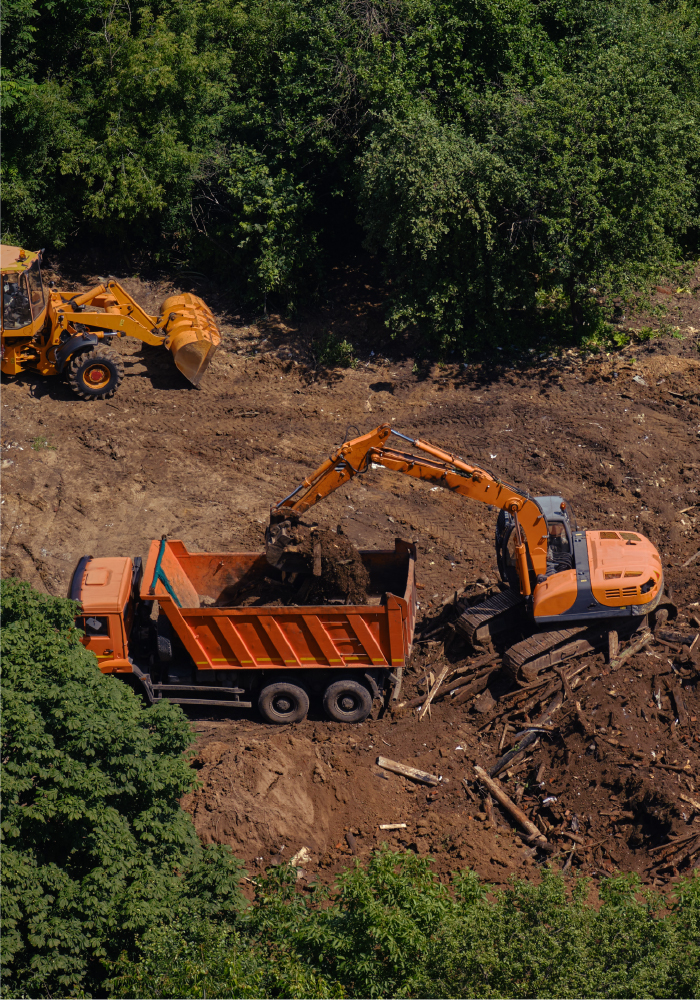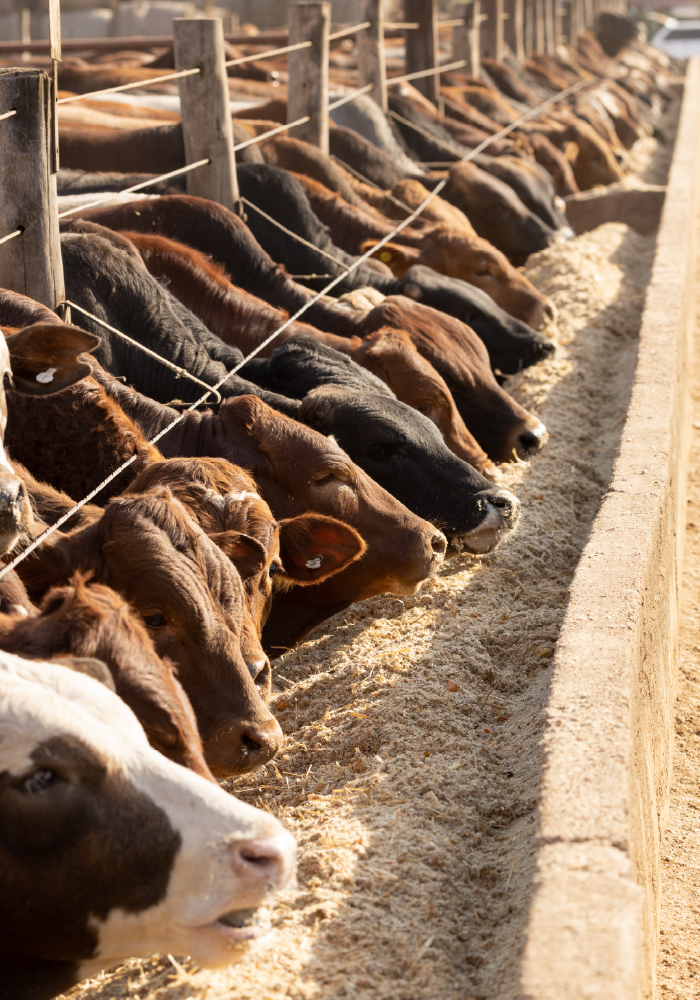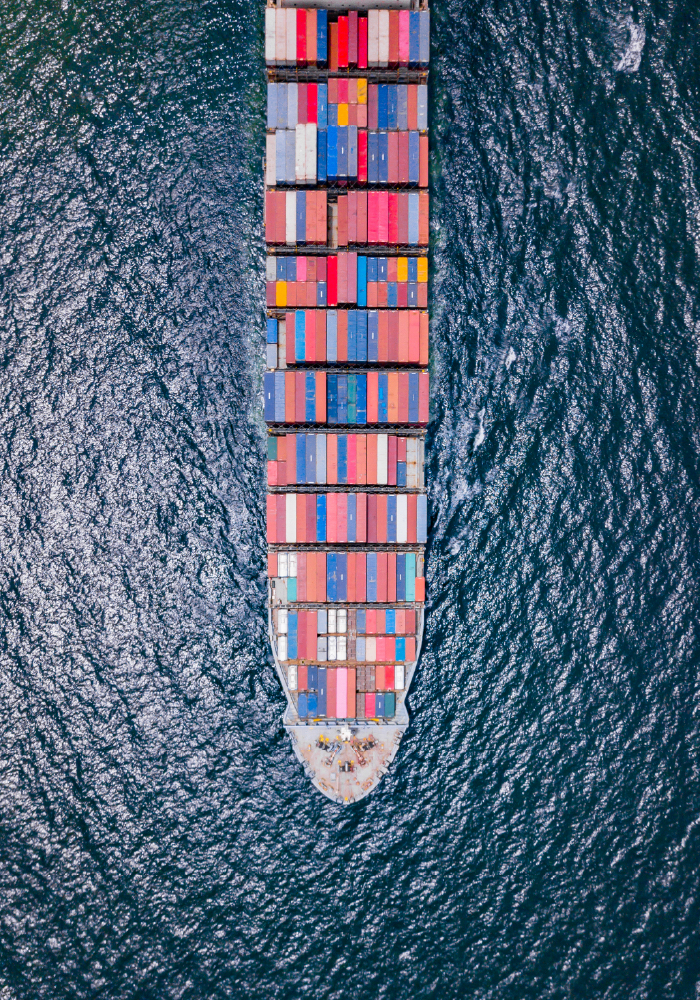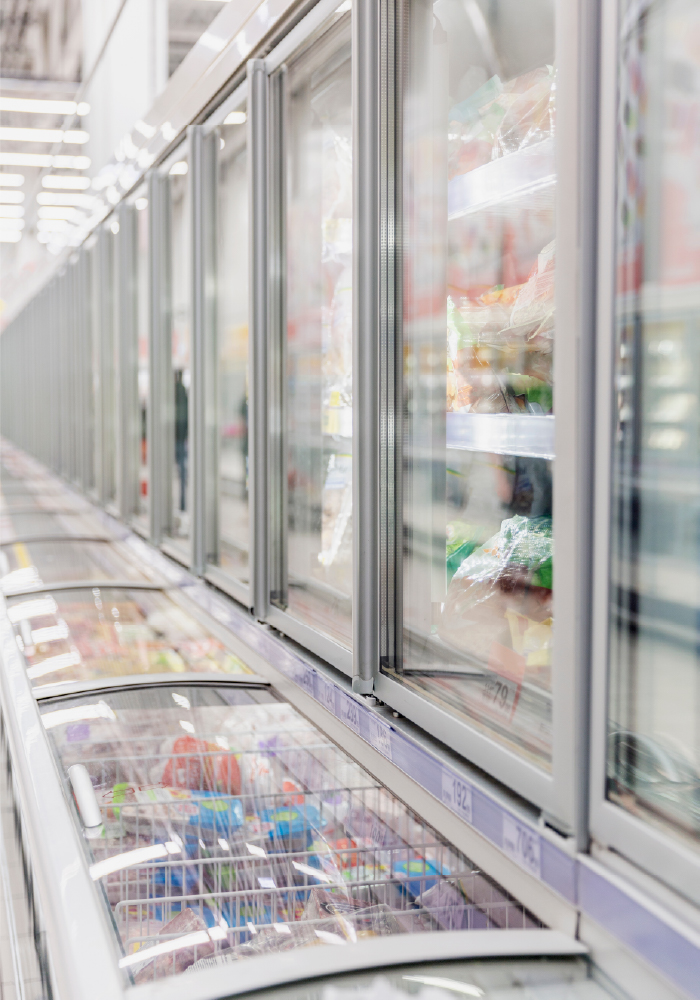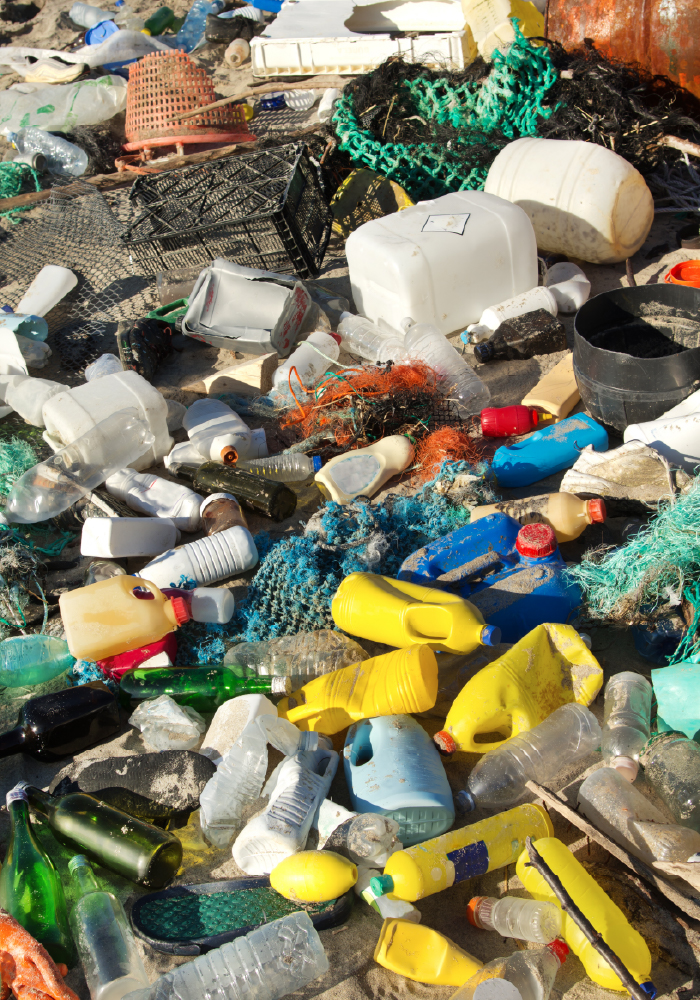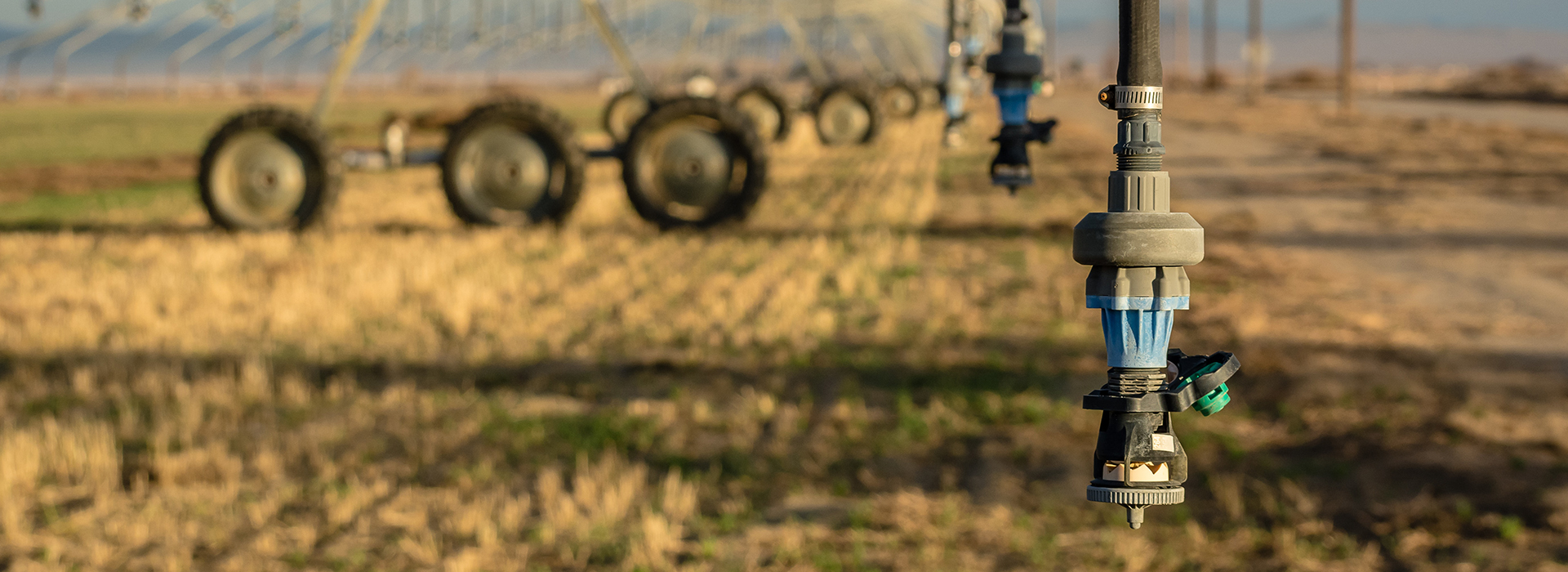
- Back to blog
- 17 July 2023
- Not classified
Water stress: when the water needs for agriculture compete with the needs of humans, wildlife, and plant life
Depending on the origin of the food, our choices can have a significant impact on the water stress of the production region. Not all countries have equal access to fresh water, and considering this essential factor is part of the global approach advocated by theECO-SCORE® by Beelong.
Water stress is part of the parameters calculated in theECO-SCORE® by BeelongWhat exactly is it? Water stress is a situation where the demand for water exceeds the available resources in a geographic area, or when poor water quality limits its use (non-potable, brackish, polluted, etc.).
TheWorld Health Organization (WHO) refers to "water stress" when the water availability per year per person is less than 1,700 m3 (arid areas, duration over time). The term "water scarcity" applies to regions where water availability is between 1,700 m3 and 1,000 m3 (periodic or localized shortages), while "water scarcity" refers to areas with less than 1,000 m³ of water.3.
Particularly in cases of water stress, the water needs for agriculture, human consumption, and wildlife can be in competitionIn affected countries, the issue becomes not only sanitary but also economic and political.
Inequalities by region
Not all geographical regions in the world are equally affected by water stress, as shown in the table below. Switzerland, like its European neighbors, has sufficient freshwater resources. However, some heatwaves in Europe have already led to water stress situations. In 2023, this was the case in the south of Spain, which is experiencing an exceptional drought.
Demographic pressure and the increase in human industrial activity are the main factors contributing to water scarcity. Specifically, intensive agriculture (crop irrigation), climate change, and deforestation are to blame. Among the consequences are slow plant growth with crop losses for agricultural businesses, water quality degradation, and difficulties in managing "blue gold.
Thus, even though water supply issues may seem distant, our individual choices regarding the origin of our food can have a direct impact on the water stress of producing countries, and therefore on the planet.
In the ECO-SCORE® by Beelong calculation method, water stress plays a particularly important role if 1) the water stress of the producing country is high, and 2) the water requirements for the food in question are high. This is the case, for example, with almonds grown in Spain.
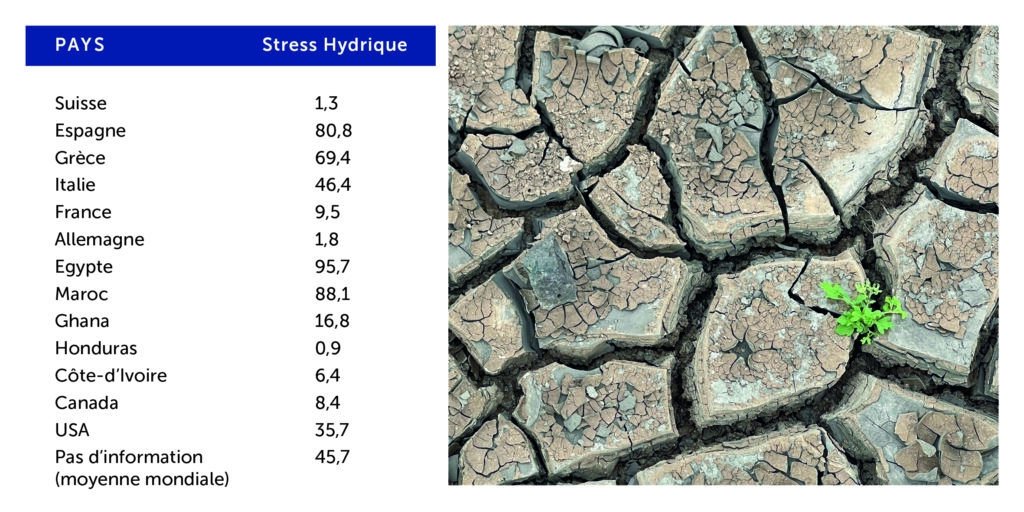
AWARE methodology
Regarding water stress, the values considered in the ECO-SCORE® by Beelong calculation are based on the Available Water Remaining (AWARE, 2018).
AWARE is an indicator representing the remaining available water per area in a watershed, once the demands of humans and aquatic ecosystems are met. It assesses the potential for water deprivation, for humans or ecosystems, based on the assumption that the less water remains available in a given area, the more likely it is that another user will be deprived of it.
In theECO-SCORE® by Beelong, the water consumption of a food product is calculated by multiplying the water consumption of the product with the water stress of the producing country. Water consumption accounts for 20% of the environmental score (LCA).
This issue highlights the importance of producing food whose water needs are suited to the water resources available in the producing countries.
The Beelong Team






